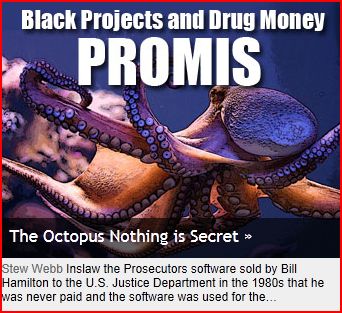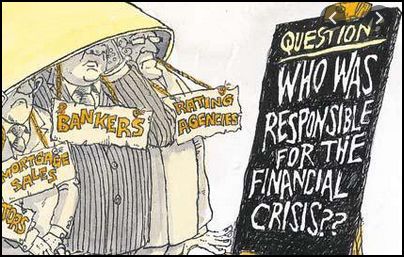|
Quarterly Earnings Growth
|
Dividend Share
|
Earnings Share
|
Revenue Per Share
|
Quarterly Revenue Growth
|
The market value of JPMorgan Chase is measured differently than its book value, which is the value of JPMorgan that is recorded on the company’s balance sheet. Investors also form their own opinion of JPMorgan Chase’s value that differs from its market value or its book value, called intrinsic value, which is JPMorgan Chase’s true underlying value. Investors use various methods to calculate intrinsic value and buy a stock when its market value falls below its intrinsic value. Because JPMorgan Chase’s market value can be influenced by many factors that don’t directly affect JPMorgan Chase’s underlying business (such as a pandemic or basic market pessimism), market value can vary widely from intrinsic value.
Please note, there is a significant difference between JPMorgan Chase’s value and its price as these two are different measures arrived at by different means. Investors typically determine if JPMorgan Chase is a good investment by looking at such factors as earnings, sales, fundamental and technical indicators, competition as well as analyst projections. However, JPMorgan Chase’s price is the amount at which it trades on the open market and represents the number that a seller and buyer find agreeable to each party.
JPMorgan Probability Of Bankruptcy Driver Correlations
Understanding the fundamental principles of building solid financial models for JPMorgan Chase is extremely important. It helps to project a fair market value of JPMorgan Stock properly, considering its historical fundamentals such as Probability Of Bankruptcy. Since JPMorgan Chase’s main accounts across its financial reports are all linked and dependent on each other, it is essential to analyze all possible correlations between related accounts. However, instead of reviewing all of JPMorgan Chase’s historical financial statements, investors can examine the correlated drivers to determine its overall health. This can be effectively done using a conventional correlation matrix of JPMorgan Chase’s interrelated accounts and indicators.
The Probability of Bankruptcy SHOULD NOT be confused with the actual chance of a company to file for chapter 7, 11, 12, or 13 bankruptcy protection. Macroaxis simply defines Financial Distress as an operational condition where a company is having difficulty meeting its current financial obligations towards its creditors or delivering on the expectations of its investors. Macroaxis derives these conditions daily from both public financial statements as well as analysis of stock prices reacting to market conditions or economic downturns, including short-term and long-term historical volatility. Other factors taken into account include analysis of liquidity, revenue patterns, R&D expenses, and commitments, as well as public headlines and social sentiment.
Based on the latest financial disclosure, JPMorgan Chase Co has a Probability Of Bankruptcy of 1.0%. This is 98.0% lower than that of the Banks sector and significantly higher than that of the Financials industry. The probability of bankruptcy for all United States stocks is 97.49% higher than that of the company.
JPMorgan Probability Of Bankruptcy Peer Comparison
Stock peer comparison is one of the most widely used and accepted methods of equity analyses. It analyses JPMorgan Chase’s direct or indirect competition against its Probability Of Bankruptcy to detect undervalued stocks with similar characteristics or determine the stocks which would be a good addition to a portfolio. Peer analysis of JPMorgan Chase could also be used in its relative valuation, which is a method of valuing JPMorgan Chase by comparing valuation metrics of similar companies.
JPMorgan Chase is currently under evaluation in probability of bankruptcy category among related companies.
JPMorgan Chase ESG Sustainability
Some studies have found that companies with high sustainability scores are getting higher valuations than competitors with lower social-engagement activities. While most ESG disclosures are voluntary and do not directly affect the long term financial condition, JPMorgan Chase’s sustainability indicators can be used to identify proper investment strategies using environmental, social, and governance scores that are crucial to JPMorgan Chase’s managers, analysts, and investors.
JPMorgan Fundamentals
2011-12-312012-12-312013-12-312014-12-312015-12-312016-12-312017-12-312018-12-312019-12-312020-12-312021-12-312022-12-312023-12-3120%40%60%80%100%
|
|
2011-12-312012-12-312013-12-312014-12-312015-12-312016-12-312017-12-312018-12-312019-12-312020-12-312021-12-312022-12-312023-12-3120%40%60%80%
|
|
2011-12-312012-12-312013-12-312014-12-312015-12-312016-12-312017-12-312018-12-312019-12-312020-12-312021-12-312022-12-312023-12-3120%40%60%80%100%120%
|
|
2011-12-312012-12-312013-12-312014-12-312015-12-312016-12-312017-12-312018-12-312019-12-312020-12-312021-12-312022-12-312023-12-31-20%0%20%40%60%80%100%
|
|
2011-12-312012-12-312013-12-312014-12-312015-12-312016-12-312017-12-312018-12-312019-12-312020-12-312021-12-312022-12-312023-12-31-30%-25%-20%-15%-10%-5%
|
|
2011-12-312012-12-312013-12-312014-12-312015-12-312016-12-312017-12-312018-12-312019-12-312020-12-312021-12-312022-12-312023-12-31-20%-10%0%10%20%
|
|
2011-12-312012-12-312013-12-312014-12-312015-12-312016-12-312017-12-312018-12-312019-12-312020-12-312021-12-312022-12-312023-12-310%10%20%30%40%50%60%
|
|
2011-12-312012-12-312013-12-312014-12-312015-12-312016-12-312017-12-312018-12-312019-12-312020-12-312021-12-312022-12-312023-12-3110%20%30%40%50%60%70%
|
|
2011-12-312012-12-312013-12-312014-12-312015-12-312016-12-312017-12-312018-12-312019-12-312020-12-312021-12-312022-12-312023-12-310%10%20%30%40%50%
|
|
2011-12-312012-12-312013-12-312014-12-312015-12-312016-12-312017-12-312018-12-312019-12-312020-12-312021-12-312022-12-312023-12-310%10%20%30%40%50%
|
|
2011-12-312012-12-312013-12-312014-12-312015-12-312016-12-312017-12-312018-12-312019-12-312020-12-312021-12-312022-12-312023-12-3120%40%60%80%100%120%
|
|
2011-12-312012-12-312013-12-312014-12-312015-12-312016-12-312017-12-312018-12-312019-12-312020-12-312021-12-312022-12-312023-12-31-20%0%20%40%60%80%100%
|
|
2011-12-312012-12-312013-12-312014-12-312015-12-312016-12-312017-12-312018-12-312019-12-312020-12-312021-12-312022-12-312023-12-31-200%-150%-100%-50%0%
|
|
2011-12-312012-12-312013-12-312014-12-312015-12-312016-12-312017-12-312018-12-312019-12-312020-12-312021-12-312022-12-312023-12-31-10%-5%0%5%10%15%
|
|
2011-12-312012-12-312013-12-312014-12-312015-12-312016-12-312017-12-312018-12-312019-12-312020-12-312021-12-312022-12-312023-12-31-10%0%10%20%
|
|
2011-12-312012-12-312013-12-312014-12-312015-12-312016-12-312017-12-312018-12-312019-12-312020-12-312021-12-312022-12-312023-12-3120%40%60%80%100%
|
|
2011-12-312012-12-312013-12-312014-12-312015-12-312016-12-312017-12-312018-12-312019-12-312020-12-312021-12-312022-12-312023-12-31-150%-100%-50%
|
|
2011-12-312012-12-312013-12-312014-12-312015-12-312016-12-312017-12-312018-12-312019-12-312020-12-312021-12-312022-12-312023-12-3150%100%150%200%250%
|
|
2011-12-312012-12-312013-12-312014-12-312015-12-312016-12-312017-12-312018-12-312019-12-312020-12-312021-12-312022-12-312023-12-3120%40%60%80%100%120%
|
|
|
Total Asset |
3.88 T |
2011-12-312012-12-312013-12-312014-12-312015-12-312016-12-312017-12-312018-12-312019-12-312020-12-312021-12-312022-12-312023-12-310%10%20%30%40%50%60%70%
|
2011-12-312012-12-312013-12-312014-12-312015-12-312016-12-312017-12-312018-12-312019-12-312020-12-312021-12-312022-12-312023-12-3150%100%150%200%
|
|
About JPMorgan Chase Fundamental Analysis
he Macroaxis Fundamental Analysis modules help investors analyze JPMorgan Chase Co’s financials across various querterly and yearly statements, indicators and fundamental ratios. We help investors to determine the real value of JPMorgan Chase using virtually all public information available. We use both quantitative as well as qualitative analysis to arrive at
the intrinsic value of JPMorgan Chase Co based on its fundamental data. In general, a quantitative approach, as applied to this company, focuses on analyzing
financial statements comparatively, whereas a qaualitative method uses data that is important to a company’s growth but cannot be measured and presented in a numerical way.
Please read more on our fundamental analysis page.
JPMorgan Chase Co. operates as a financial services company worldwide. JPMorgan Chase Co. was founded in 1799 and is headquartered in New York, New York. JP Morgan operates under BanksDiversified classification in the United States and is traded on New York Stock Exchange. It employs 288474 people.
Be your own money manager
Our tools can tell you how much better you can do entering a position in JPMorgan Chase without increasing your portfolio risk or giving up the expected return. As an individual investor, you need to find a reliable way to track all your investment portfolios. However, your requirements will often be based on how much of the process you decide to do yourself. In addition to allowing all investors analytical transparency into all their portfolios, our tools can evaluate risk-adjusted returns of your individual positions relative to your overall portfolio.



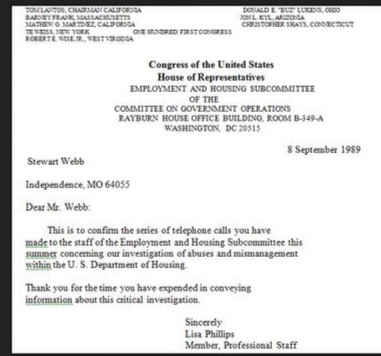

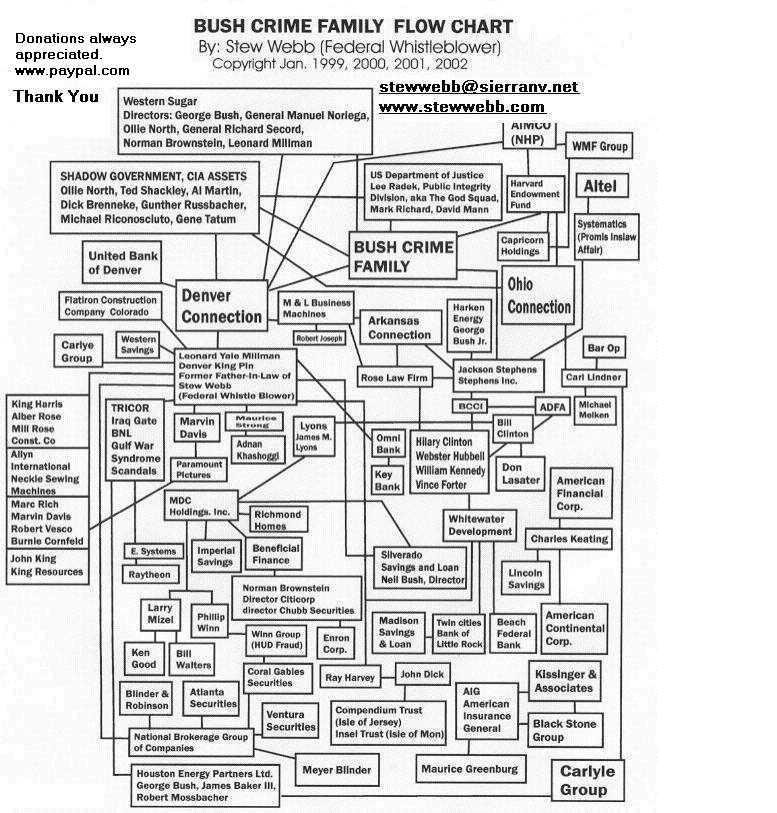





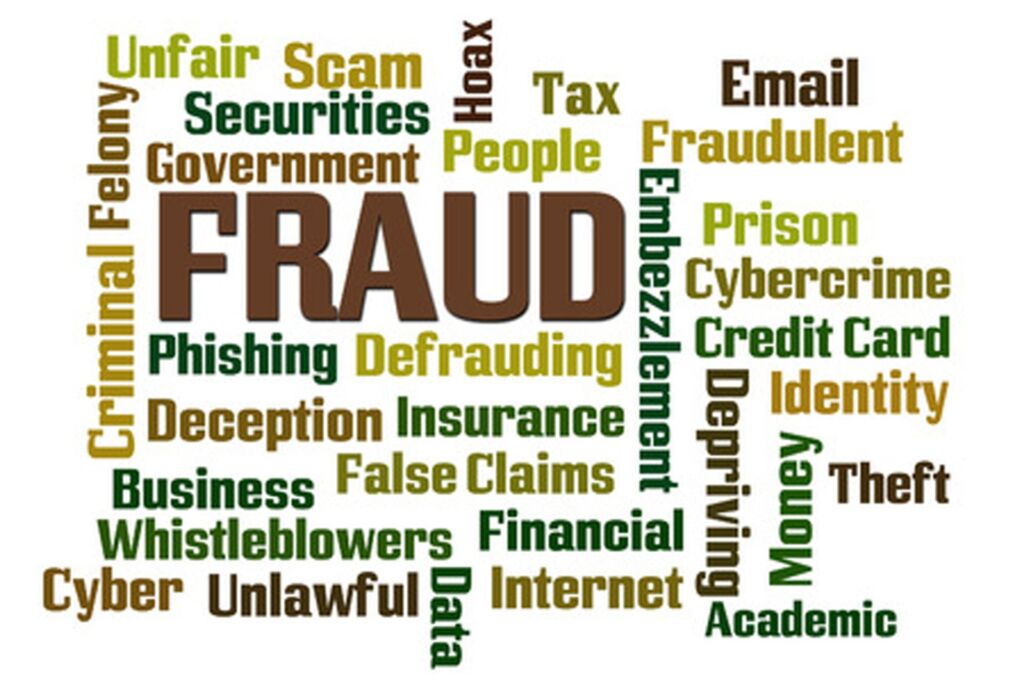
.jpg)




